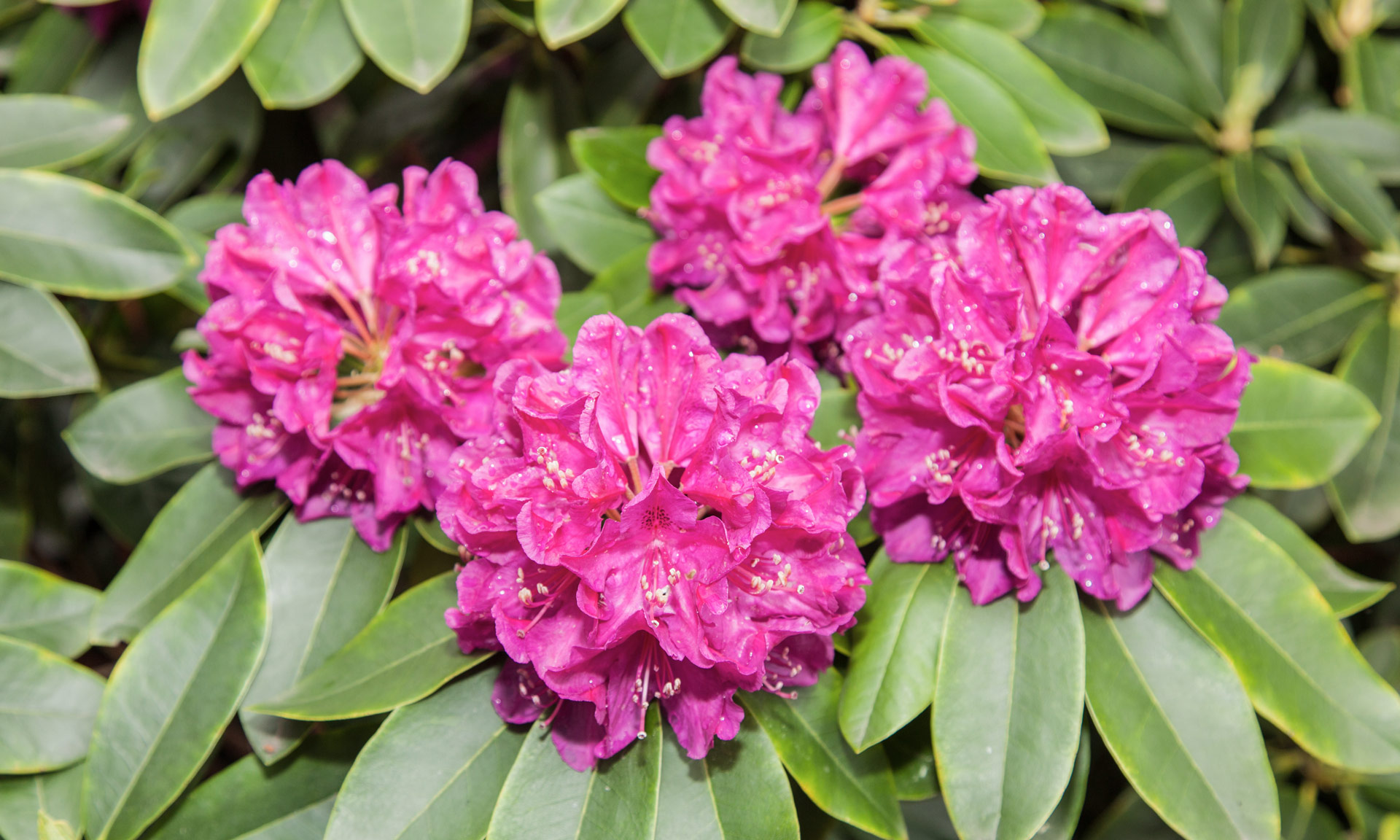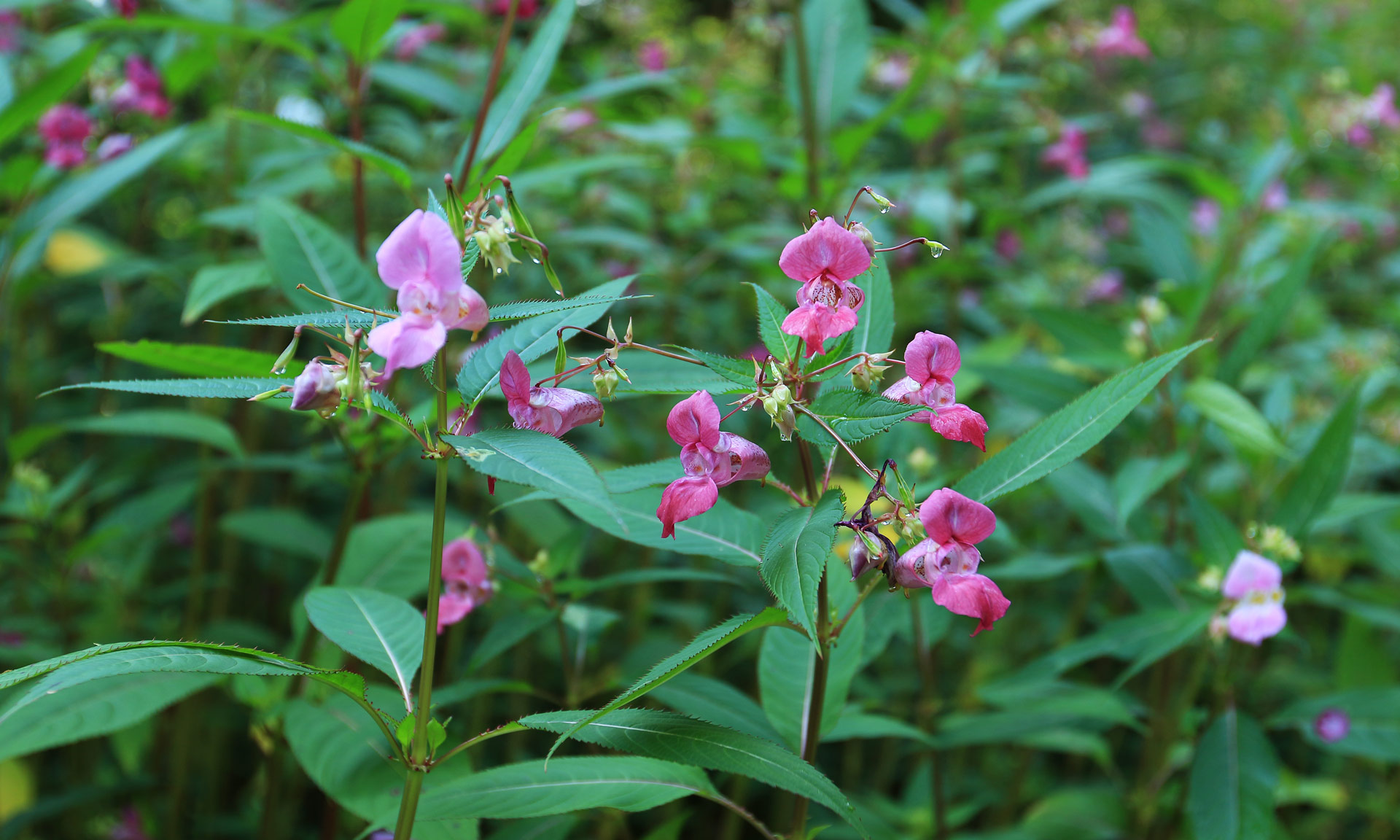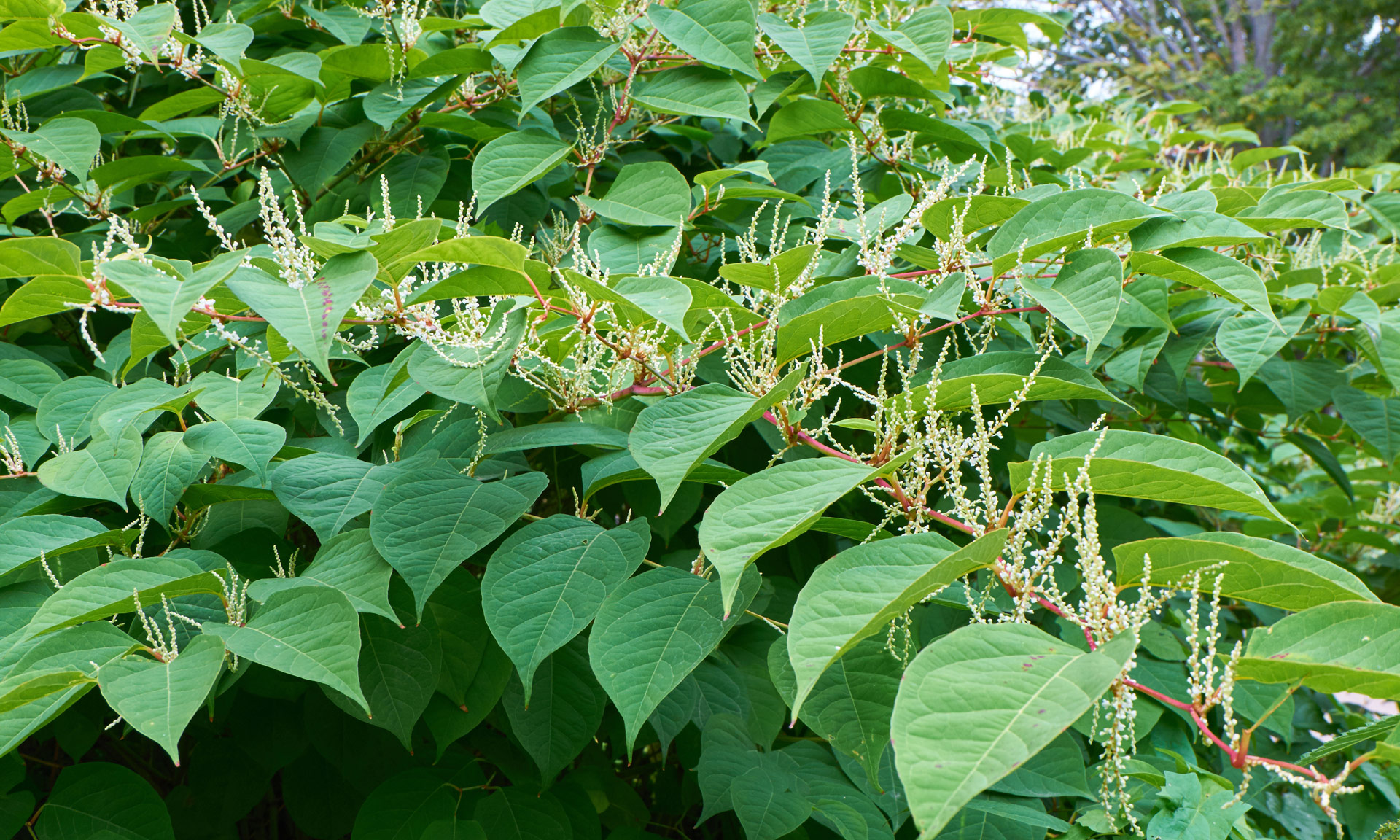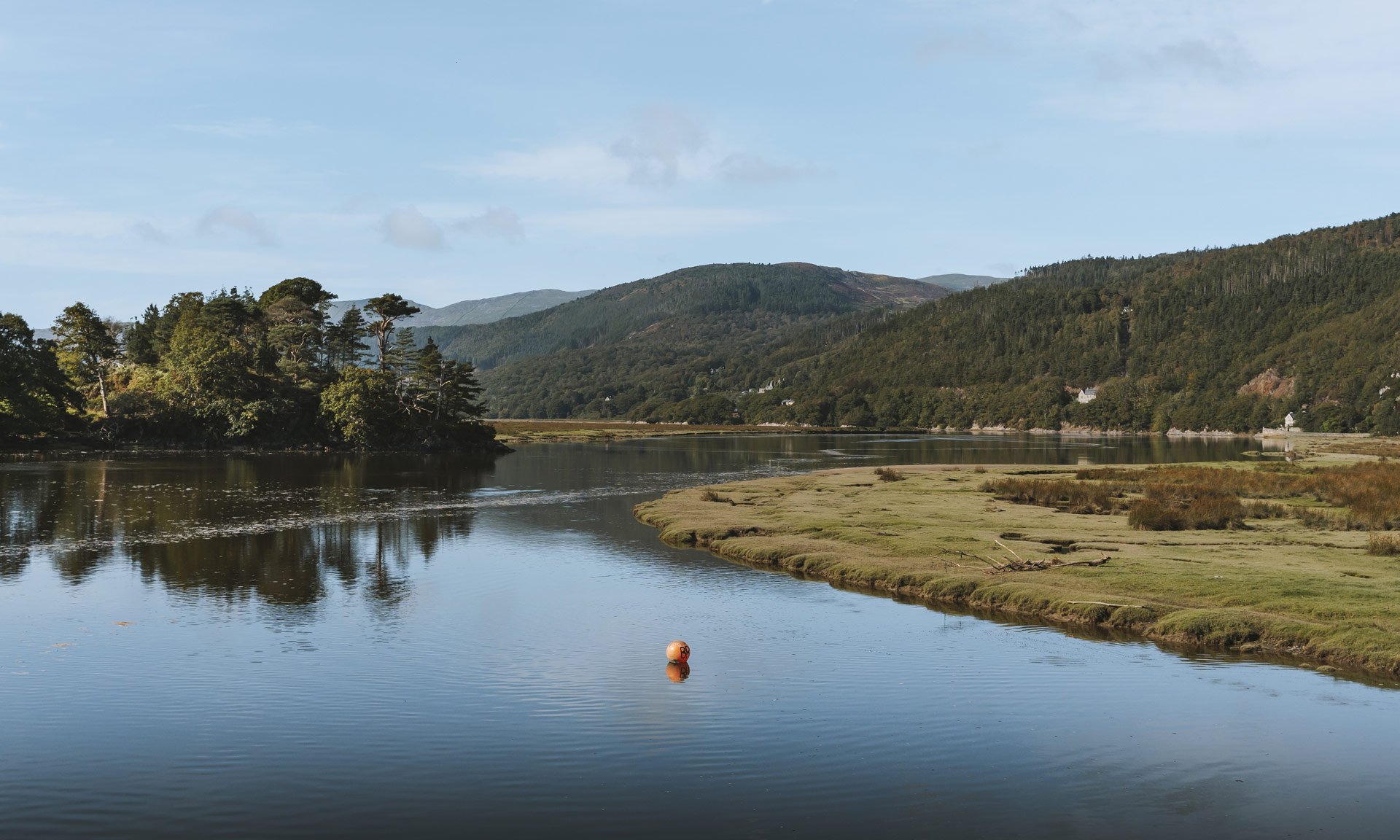An overview of invasive species.
Invasive species are a significant problem worldwide, and natural habitats are dying out as a result. Native plants are also dying out, along with the animals that have evolved to live with them.
Impact of Invasive Species
Biological systems are in constant competition for nutrition, water and light. Introducing non-native species to these systems can make them more competitive.
Other species cannot compete against these new, more resilient and robust species. Some of these species can become invasive species that destroy other plants.
Rhododendron ponticum is one of Eryri’s most harmful invasive species. Without intervention, Rhododendron ponticum could cause considerable problems in the National Park, including the decline of wildlife habitats.




Responding to the challenge
Although it is not illegal to grow species considered invasive in gardens, it is illegal to cause the spread of these species to ‘wild’ places.
Great care needs to be taken when disposing of garden waste that may contain seeds or roots of invasive species.
In the case of Japanese Knotweed, the roots of this species can easily be carried on the soles of shoes or on garden tools. Japanese Knotweed spreads through these roots.
The National Park Authority and other organisations involved in the management of Eryri have been working together for many years to tackle the problem of invasive species.
The most popular method of controlling the species is cutting back the plant and using herbicides to kill the plant. The National Park Authority’s conservation team has also been using drones to explore large areas of land for new growth of species such as Rhododendron ponticum.
The Authority’s work
The National Park Authority has a duty to protect Eryri’s wildlife and landscapes.
The Authority is leading the way internationally in terms of tackling invasive species, pests and infections. A large part of the Authority’s work involves organising meetings and conferences, offering grants and managing the invasive species in our woodlands.


